9.5 °c Wind speed: 14 km/h Precipitation: 58 % Cloudiness: 92.5 % Humidity: 95.5 mm Pressure: 58 mb
Waterford Greenway
Waterford Greenway
WD
Ireland
Description
Ireland is known for its breathtaking scenery, rolling hills, and historical sites. The Waterford Greenway is no exception, offering visitors a chance to enjoy the country's beauty while cycling or walking along an old railway line.
From railway to cycle route
The Waterford-Dungarvan railway was once a scenic route, but it had been long disused. From 1878 to 1967, it transported goods and passengers through the countryside between Waterford and Dungarvan. The need for safe, sustainable, and accessible transportation promoted the idea of converting the railway into a path. It was not until 2014 that a group of community activists called for creating a cycling and walking trail along the former railway line. In 2016, the first section to open was from Kilmacthomas to Dungarvan, and the following year, the Kilmacthomas to Waterford section was completed. The route opened 50 years after the last day of the passenger train operation.
The Greenway bears symbolic value, physically linking two councils—Waterford City Council at one end of the line and Waterford County Council at the other. As successful as it is now, the Greenway might not have been: it was very close to falling from public to private ownership. Under Irish law, ownership transfers to the person using it if the land has been used uncontested for 12 years.
The Greenway provides an alternative to busy roads, allowing cyclists and pedestrians to enjoy the beautiful scenery while being protected from traffic. It is now a fully paved, accessible trail accommodating cyclists, walkers, and joggers. It features a range of amenities, including bike rental facilities, rest areas, and interpretive signage that highlights the area's history and ecology. If you don’t have your own bike, don’t worry – there are loads of bike hire spots at each section of the trail.
Story of Success
The Waterford Greenway is a spectacular 46 km off-road cycling and walking coastal trail in the southeastern part of Ireland. The trail runs along an abandoned railway line from Ireland’s oldest city, Waterford, to the stunning harbour town of Dungarvan. Completing the Greenway has improved users' quality of life and health, attracted new tourists to the country and region, generated demand in the accommodation and catering sectors, created employment, and protected Ireland's heritage. Moreover, it is considered one of the country's most scenic and enjoyable outdoor recreational areas.
Counters on the route show 250,000 walking or cycling Waterford Greenway within the first nine months since its opening in 2017. In a recent survey of over 1,000 visitors to the Greenway, 68% said they travelled to Waterford mainly to use the Greenway, showing its impact on tourism. Local people see Greenway as an excellent opportunity to pursue enterprises that were not previously considered viable. Tourism and recreation-related spending on items such as bicycle hire, food, and lodging are just a few of the ways it has positively impacted the local economy and Waterford more generally.
Developed at €15 million, Waterford Greenway is an Irish award-winning success story. Surveys show its positive impact across the county, benefitting the local economy. More than 90 new jobs were created, and many businesses have benefited: 80% of visitors came from outside the county, stayed in paid accommodation and spent money on leisure.
The Waterford Greenway is an excellent example of an effective collaboration between various stakeholders to create an outdoor recreational space and an essential economic driver in the region. The project was awarded Best Tourism Initiative at the All Ireland Community and Council Awards 2018.
Spectacular coastal trail
You should allow at least 3.5 hours to cycle the entire length of the Greenway. Then, you can either cycle back or take a free minibus shuttle. Well-marked road crossings on a route make it suitable for old and young users.
As you start from Waterford, the road follows the bends and contours of the sweeping River Suir. The tidal estuary of the River Suir is home to salmon, otters, lamprey, and shad. It has been recognized as a Special Area of Conservation. Set a steady pace that allows you to enjoy the surrounding landmarks, including the remains of an old Red Iron Bridge. Moreover, Thomas Francis Meagher Bridge, the longest single-span bridge in Ireland, will be visible, too. Keep going, and you’ll pass Woodstown, the archaeological site of the 8th-century Viking settlement.
The section from Killoteran to Kilmeadan is flat and easy – ideal for those with small children. After Killoteran, look out for Mount Congreve Gardens, one of the world's great gardens. In late spring, you might want to detour and admire the world-class collection of azaleas, camellias, and rhododendrons on this beautiful 18th-century Georgian estate. Before the trail enters a shady woodland, look out for the medieval ruins of a Norman Castle. The route takes you to Kilmeaden railway station, now the start of a narrow-gauge railway between Waterford and Clamarty.
After dipping under the N25 in a purpose-built tunnel, you emerge at Kilmacthomas, which has been given a new lease of life thanks to the Greenway. Kilmacthomas’ former workhouse, the old Famine Workhouse, is now a prosperous complex with a business centre, design studio, and cafe. The views of Kilmacthomas are perhaps the route’s most spectacular as you climb gently alongside the Atlantic Ocean. On the right-hand side, the Comeragh Mountains come into view.
As you move on, you'll meet the railway infrastructure remains, such as the Durrow/Stradbally signal box. These remnants add an extra layer of interest, especially for railway enthusiasts. Durrow and Ballyvoile viaducts are two remarkable historical engineering elements on the greenway. You will cross the Durrow viaduct, a rail bridge over a road bridge over a river. The 400m-long Ballyvoyle Tunnel and the Ballyvoyle Viaduct were both constructed in 1878.
Visitors are struck by just how much they have achieved on this route. There are no terrible bits – no places where riders have to interact with traffic, save for a short section at Waterford City. The legacy of this hard-won fight is an already popular route that displays the varied natural beauty of the area. This is a free, accessible facility that local people and visitors of all abilities and ages can enjoy.
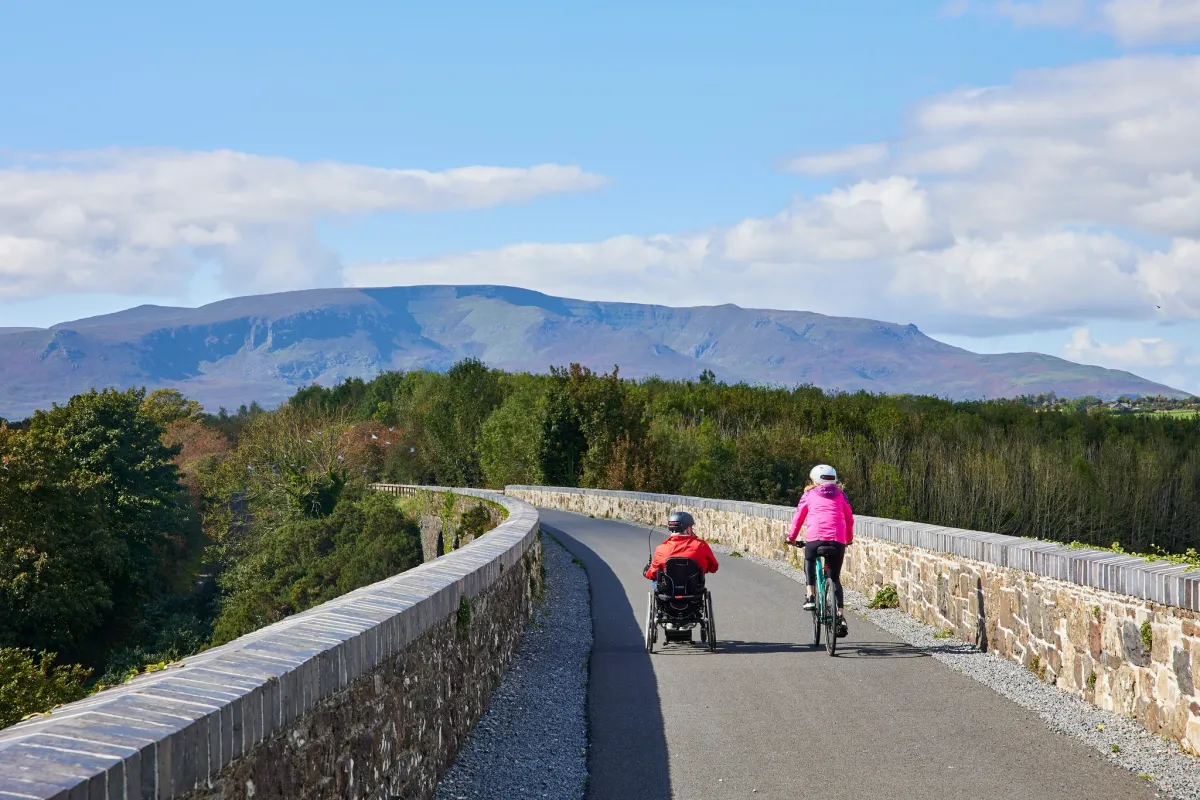
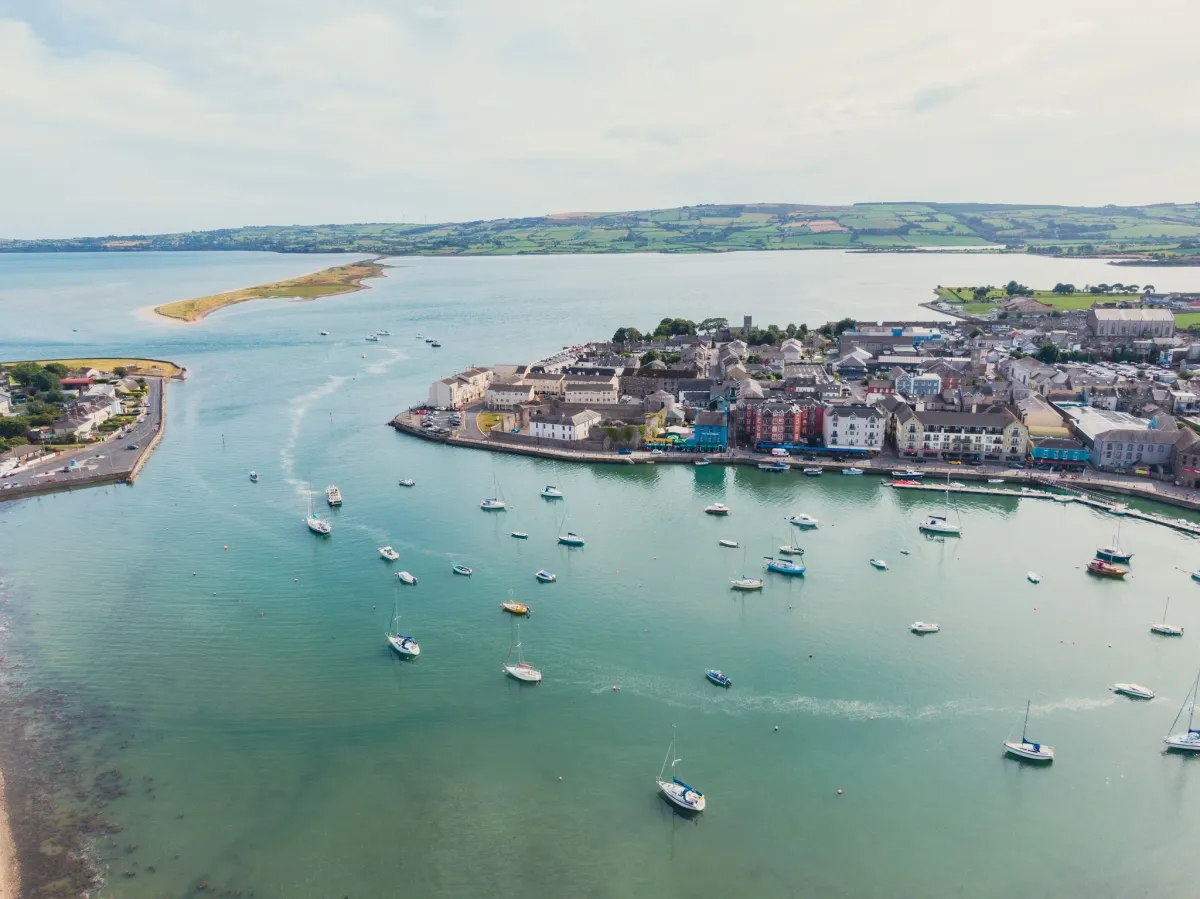

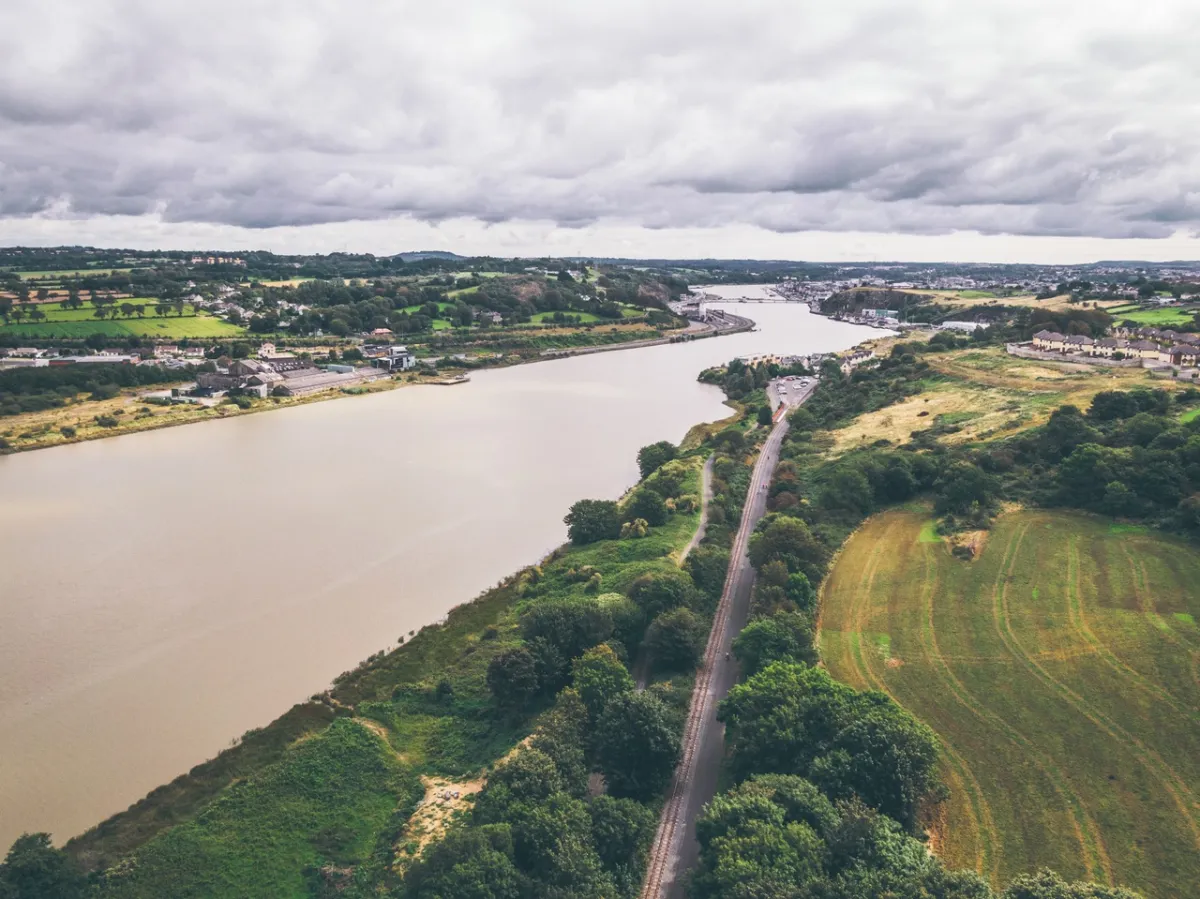




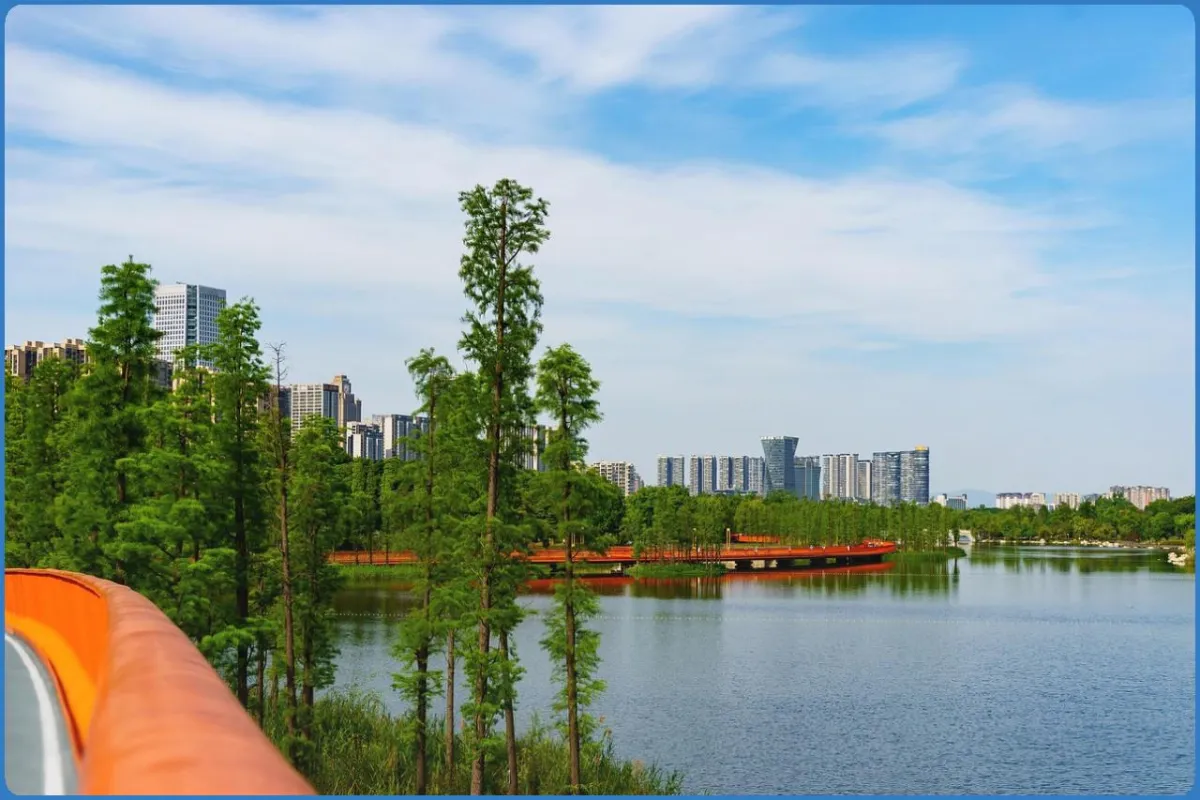

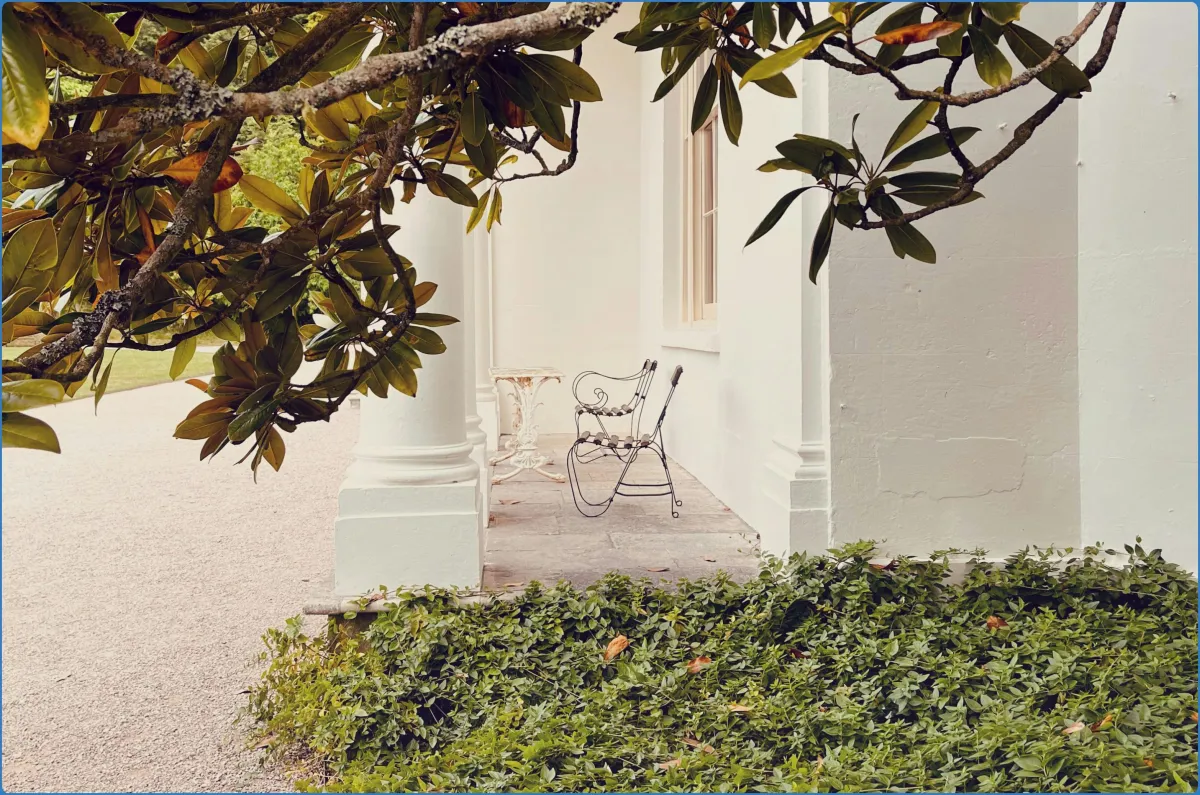

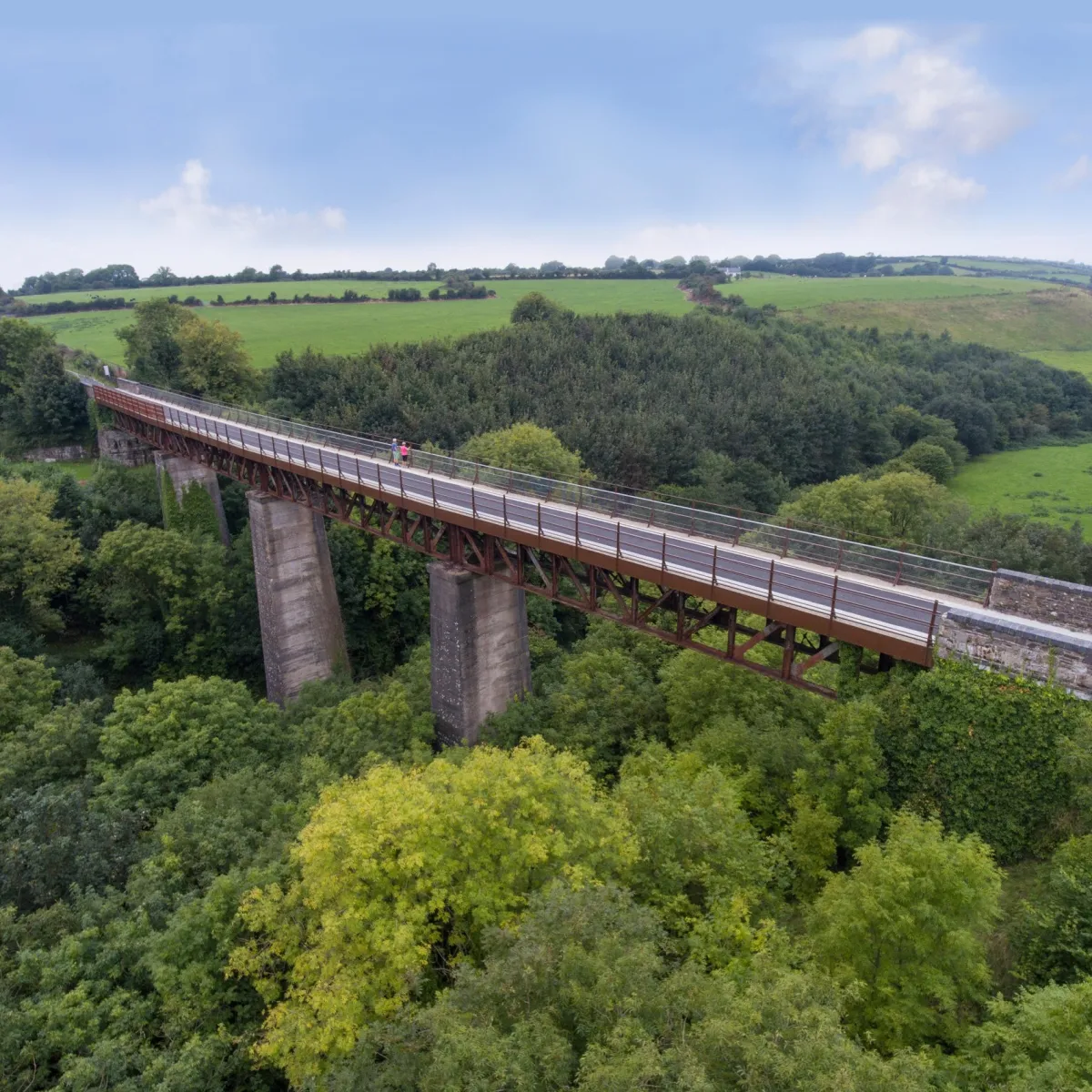
Comments